Have you ever wondered what happened after CSS3? It’s common knowledge that we never saw CSS4 come after it, yet we have a plethora of new features that have no similar way of defining when they were introduced. The W3C CSS-Next community group is actively searching for better approaches for how we describe the evolution of CSS over time and identify feature sets as effectively as we did with CSS3 way back in 2009 — and you can help. https://smashingmagazine.com/2024/08/time-to-talk-about-css5/
Login to add comment
Other posts in this group
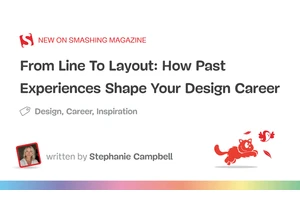
Your past shapes who you are as a designer, no matter where your career began or how unexpected your career path may have been. Stephanie Campbell shows how those lessons can sharpen your instincts, s

Prompting isn’t just about writing better instructions, but about designing better thinking. Ilia Kanazin and Marina Chernyshova explore how advanced prompting can empower different product & design u

Internationalization isn’t just translation. It’s about formatting dates, pluralizing words, sorting names, and more, all according to specific locales. Instead of relying on heavy third-party librari
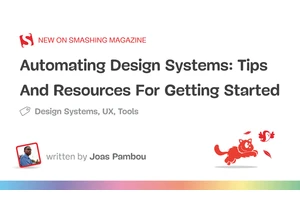
Design systems are more than style guides: they’re made up of workflows, tokens, components, and documentation — all the stuff teams rely on to build consistent products. As projects grow, keepi
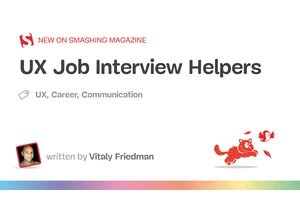
Talking points. Smart questions. A compelling story. This guide helps you prepare for your UX job interview. And remember: no act of kindness, however small, is ever wasted. https://smashingmagazine.c
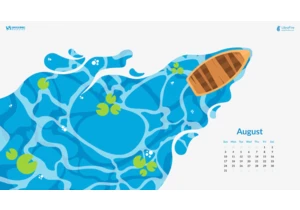
Do you need a little inspiration boost? Well, then our new batch of desktop wallpapers might be for you. The wallpapers are designed with love by the community for the community and can be downloaded
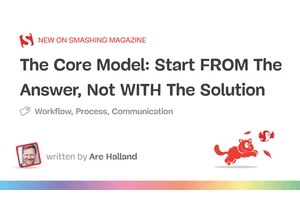
The Core Model is a practical methodology that flips traditional digital development on its head. Instead of starting with solutions or structure, we begin with a hypothesis about what users need and
